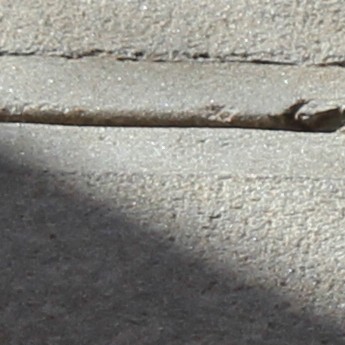In The Seventh Continent (1989) numerous scenes show a breakfast table being set up, or a car being washed, or an entire house being torn apart without capturing in full the individuals who are partaking in these actions. We may see parts of their hands industriously tearing clothes apart, or the unmoving back of their heads as the car goes through the wash, but the individuals are rarely shown. After the film’s beginning sequence we learn who the family’s three members are; what the parents and daughter look like. But the full-body capture of the protagonists does not abound in the film.
The shots are not composed to express emotively or dramatize the narrative: the family’s careful preparation for self-destruction. In The Seventh Continent the camera gaze documents rather than express subjectively, morally or even dialectically. The film does not inspire us to understand, let alone sympathize with, the family. Instead, it captures how incomprehensibly strange yet equally unmoralizable the family’s final days are.
If any film offers a rigorous study of the image as necessarily a fragment, in addition to an eloquent exposition of how such a type of image can be deployed as the irreducible unit of a film, Haneke’s The Seventh Continent should count as one such a film. The fragmented image, shadowed by an unshown, perhaps also unimagined totality, exposes the arbitrariness of the frame, particularly of the frame that attempts to show it all by hinting to completion and plenitude. No frame is ever complete. Constituted by finitude, no frame is ever final.
Perhaps at this point I should edit the adjective fragmented to fragmentary: Haneke’s frame in The Seventh Continent is fragmentary. It fragments as is also fragmented by the camera’s gaze.
